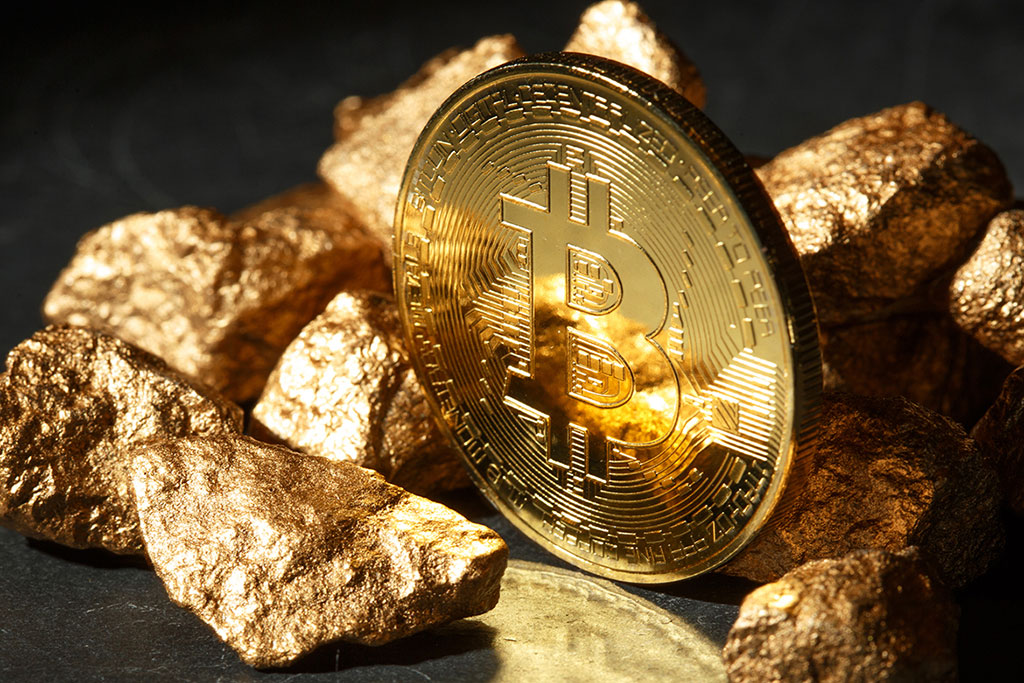In a world bristling with uncertainty, a unique resurrection is playing out on the global stage. Gold, the timeless emblem of wealth and stability, is now experiencing a revival.
Central banks around the globe, driven by the need to fortify their financial ramparts against high inflation and asset freeze threats, are accumulating more of this precious metal.
They are also bringing it closer to their own vaults, a move reflecting not just a financial strategy but also a nuanced geopolitical statement.
The gold rush: A strategic response to unsettled times
Gold has stood the test of time, guarding economies against the vagaries of inflation, market volatility, and even geopolitical unrest. The recent surge in gold acquisitions by central banks is not merely a financial maneuver; it’s a calculated response to a precarious global situation.
This resurgence, partly propelled by the unsettling prospect of Russian-style sanctions, has led nations to safeguard their reserves by repatriating their gold.
As we step into a realm characterized by flux, 68% of central banks now choose to nest their gold reserves domestically, a significant increase from 50% in 2020. With global tensions reaching a crescendo, this figure is expected to catapult to 74% in the next half-decade.
While gold derivatives and exchange-traded funds (ETFs) were the traditional favorites, central banks are now displaying a preference for physical gold. It’s a strategic shift, favoring safety and control over convenience and fluidity.
Sovereign investors seem to place increased emphasis on the tangible and immutable value of gold, bolstered by its safe haven status amidst financial turmoil.
The repatriation of gold: A move towards financial sovereignty
The repatriation wave is not an overnight phenomenon. It is a slow but steady shift towards maintaining financial sovereignty, spurred by the desire for self-preservation.
For instance, after the G7 sanctions on Russia’s central bank, nations have grown wary of holding their reserves abroad, sparking a trend of gold repatriation.
Simultaneously, the allure of gold has been further augmented by its demand spike. It reached a staggering 11-year high in 2022, with central banks and retail investors alike pursuing the bullion.
Yet, the trend has not been equally rosy for gold ETFs, which witnessed a significant outflow in 2021 and 2022.
Countries like Singapore, India, and several in the Middle East have also jumped on the gold bandwagon, reinforcing the asset’s resurgence. This accumulation spree had its ripple effects, triggering a robust rally in gold prices.
Although prices have somewhat corrected, driven by the prospects of prolonged higher US interest rates, the central banks’ continued gold purchasing propels the bullion market.
However, this gilded age might experience a slight tempering as one of the significant players, Turkey, transitions into a more substantial seller to placate its domestic consumers.
Despite this, the wave of gold repatriation continues unabated, and the traditional hubs like the Bank of England are feeling the effects with a 12% slip from their 2021 peak.
This shifting landscape, backed by the decrease in hedging by gold miners since the millennium, is also impacting the gold lending market. Central banks can no longer expect high yields from swapping their bullion stored overseas.
This dramatic shift in gold reserves from overseas repositories to domestic vaults heralds a new era in the world of central banking.





